

Brain tumor, Head and neck cancer, Melanoma, Liver cancer, Lung cancer, Mesothelial tumor, Breast cancer, etc
* Clinical study at the Japan Atomic Energy Agency is not in operation.
 |
★Need for cell-level treatment |
BNCT |
Other treatments |
|
Cancer cells not visualized by imaging can be targeted by using a boron-containing drug, so they can be selectively attacked.
|
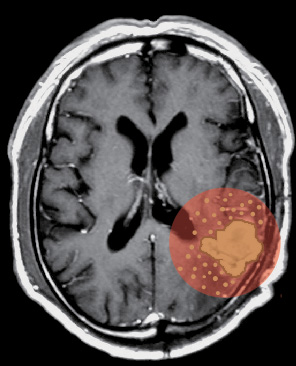 |
×X-ray therapy |
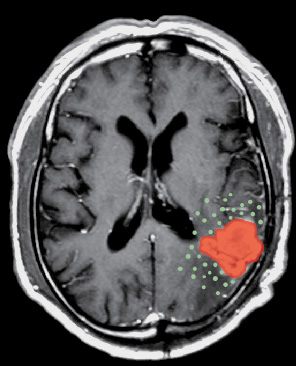 |
×Heavy particle/proton beam therapy |
|
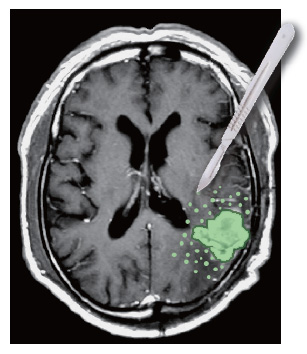 |
×Surgery |
|
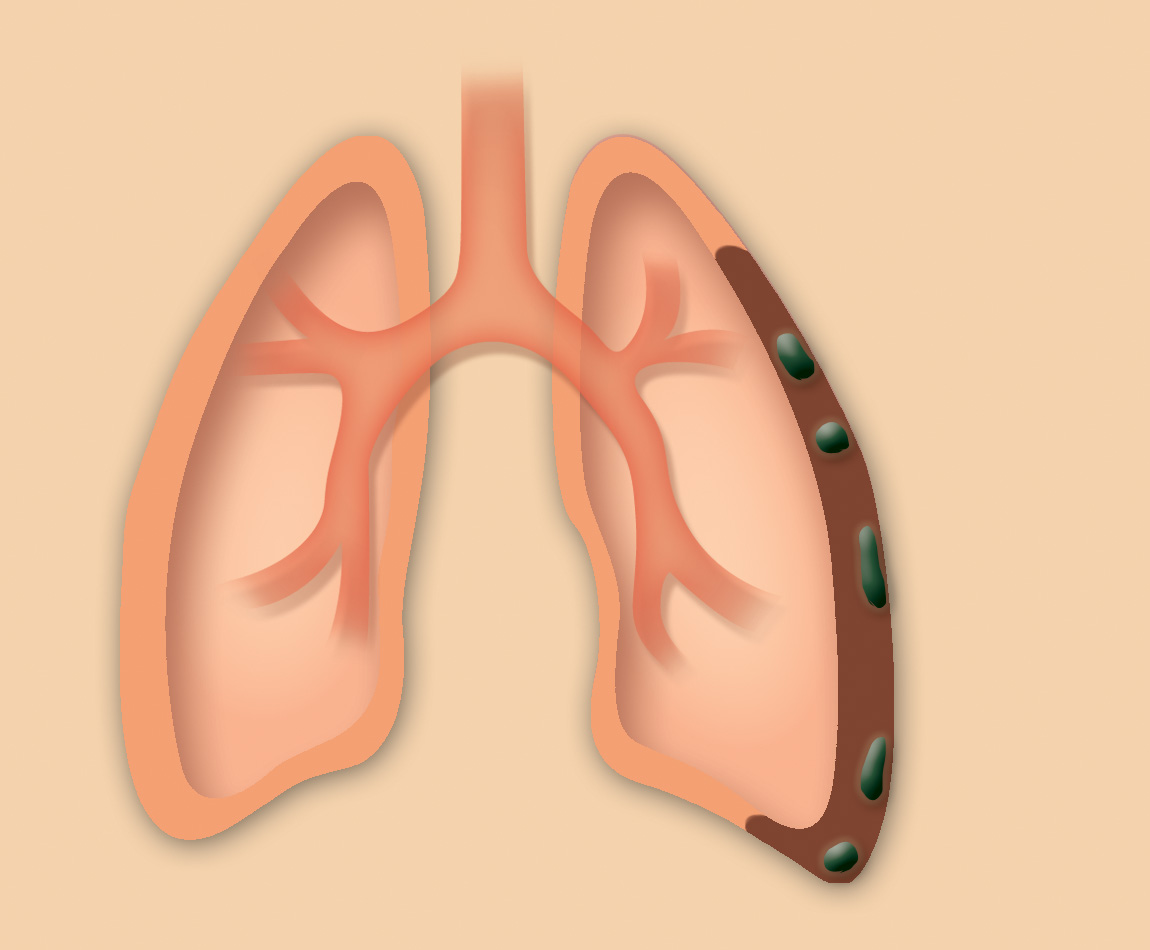 |
For diseases prone to spread extensively, treatments capable of preserving normal tissue and function are preferred. |
BNCT |
Other treatments |
|
Selectively attacks cancer cells while preserving normal tissue and function.
|
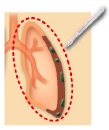 |
×Surgery |
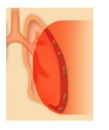 |
×Particle beam (heavy particle/proton beam) therapy |
|
* The illustrations are for visual purposes only.
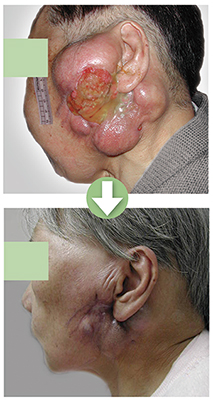 |
Before BNCT After BNCT |
* Photos provided by Osaka University